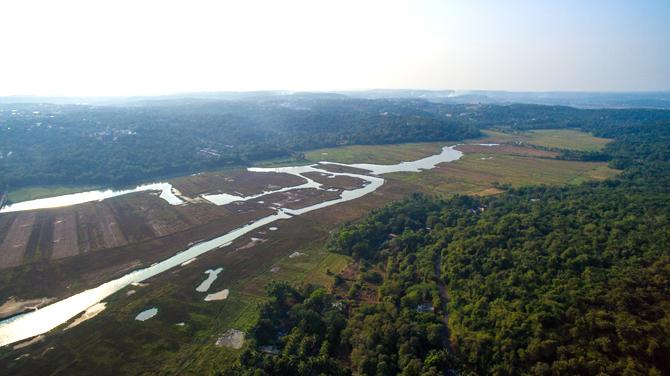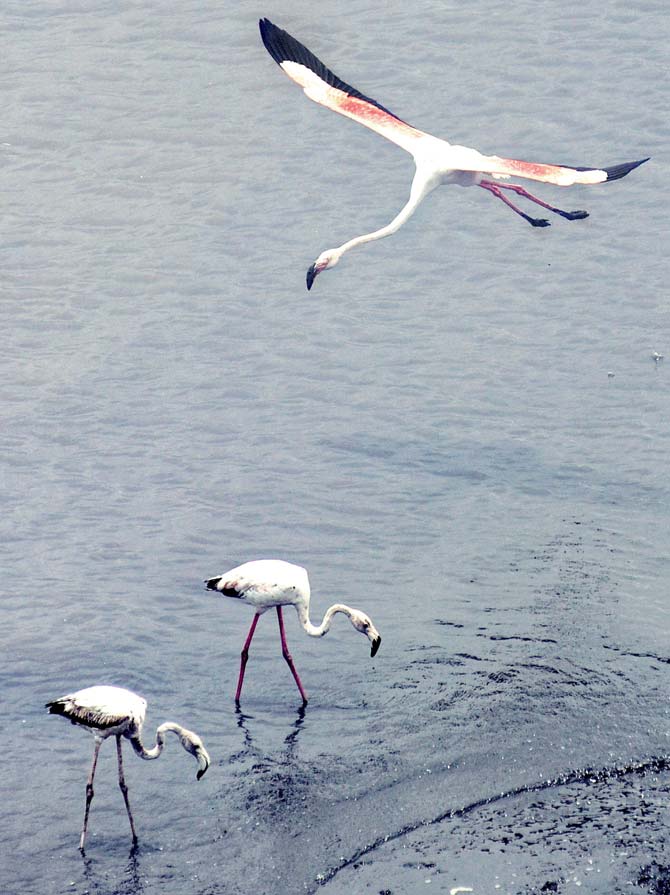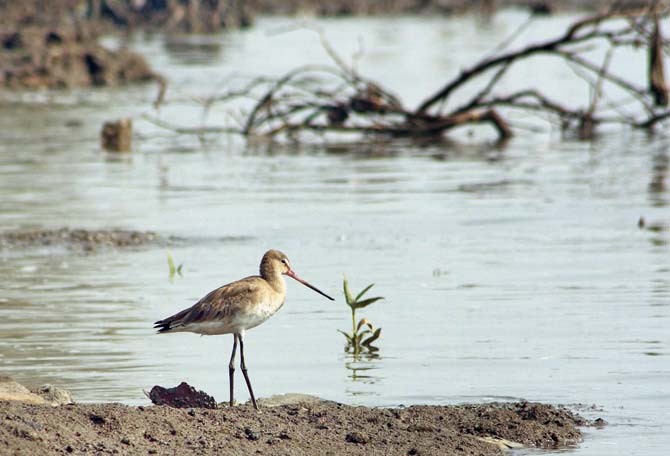Maharashtra could have a total of seven Ramsar sites including two newly designated IBAs which qualify along with the five sites proposed earlier. Though there are 26 Ramsar sites in India, none of these are in Maharashtra

 Representational picture
Representational picture
ADVERTISEMENT
Maharashtra could have a total of seven Ramsar sites including two newly designated IBAs which qualify along with the five sites proposed earlier. Though there are 26 Ramsar sites in India, none of these are in Maharashtra.
Earlier in 2013, the Maharashtra Forest Department identified and proposed five prominent wetlands which could have been declared as Ramsar sites. Thane Creek in Thane district and Hatnur dam in Jalgaon additionally qualify along with Jaikwadi Bird Sanctuary (Aurangabad), Ujni Reservoir (Pune), Sewri Creek or Mahul-Sewri Mudflats (Mumbai), Nandur Madhmeshwar Bird Sanctuary (Nashik), and Lonar Lake Sanctuary (Buldhana) which were proposed earlier.
Wetlands offer a variety of ecosystem services like they harbor a variety of plants, support a number of animal and bird species, attract migratory birds, help avoid floods by soaking up excess rain water, and purify water. Maharashtra has a number of wetlands among which a few have been declared as Important Bird Areas (IBAs) by BNHS owing to the huge number of birds congregating here. Among the five sites that were already proposed by the forest department, four are IBAs.
The Ramsar convention is an international treaty which focuses on conservation and sustainable utilization of wetlands, recognising their ecological functions along with economic, cultural and scientific values. The proposed sites easily qualify for being declared as Ramsar sites as they fulfill the nine specific criteria listed by the Ramsar convention.

Flamingoes
Thane Creek which was recently declared as a Flamingos Sanctuary by the Government of Maharashtra hosts more than 30,000 – 40,000 flamingos for nearly six months every year, including both Greater and Lesser Flamingos. Besides flamingos the creek is the wintering refuge for many species of migratory birds including large number of Pied Avocets, Black-tailed Godwits, Common Redshanks, stints and sand plovers. Hatnur dam in Jalgaon district is known to host 20,000 to 32,000 birds during winter, including hundreds of threatened Painted Storks, Black-headed Ibis and other waterbirds.

Black-tailed Godwit
"India is a signatory to the Ramsar Convention. The declaration of these seven sites as Ramsar sites would help garner global recognition to these wetlands. It would also promote the conservation of the wetlands as a habitat, in turn conserving the varied biodiversity they harbor as well as ensure water security of the region," says Dr Deepak Apte, Director of BNHS.
 Subscribe today by clicking the link and stay updated with the latest news!" Click here!
Subscribe today by clicking the link and stay updated with the latest news!" Click here!






